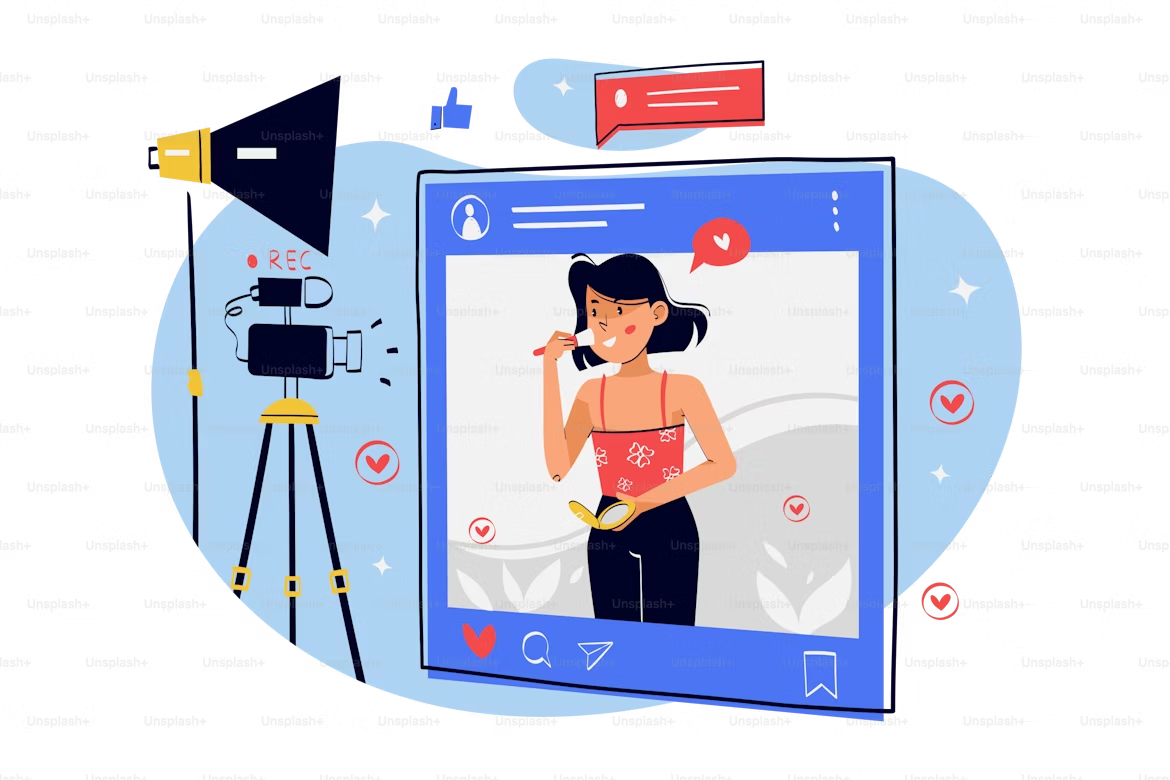If you’re running Facebook Ads in 2025 and still unsure whether to use ABO or CBO, you’re not alone.
Every small business faces the same burning question:
“Where should I spend my ad budget—and how do I make sure it doesn’t go to waste?”
This blog will break it down for you—clearly, quickly, and with real-world examples—so you can choose the right strategy for your business and budget.
📌 First, What Do ABO and CBO Stand For?
- ABO = Ad Set Budget Optimization
You assign a separate budget to each ad set. - CBO = Campaign Budget Optimization
You assign a total budget at the campaign level, and Facebook automatically distributes it among ad sets based on performance.
🔍 Understanding ABO (Ad Set Budget Optimization)
ABO gives you more control. You decide how much to spend on each audience or creative.
✅ When to Use ABO:
- You’re testing different audiences or creatives
- You want to control how much money goes to each ad set
- You’re running a small-budget campaign and want to avoid risk
💡 Real Example:
You own a small candle business and want to test 3 audiences:
- Interior Designers
- Students in metro cities
- Women aged 25–45
You assign ₹300/day to each ad set using ABO. Facebook will spend ₹300 on each—no more, no less—regardless of which one performs best.
⚙️ Understanding CBO (Campaign Budget Optimization)
CBO puts Facebook’s algorithm in charge of where your money goes.
✅ When to Use CBO:
- You already know which audiences or creatives perform best
- You want Facebook to auto-optimize the budget for maximum results
- You’re scaling successful campaigns
💡 Real Example:
From the test above, you find that “Women aged 25–45” is your best-converting audience. You now create a CBO campaign with ₹1,000/day and let Facebook focus the budget where it performs best—most of it will go to your top audience.
⚔️ ABO vs CBO: Which One Wins?
| Feature | ABO (Ad Set Budget) | CBO (Campaign Budget) |
|---|---|---|
| Budget Control | High (manual per ad set) | Low (Facebook auto-distributes) |
| Best For | Testing | Scaling |
| Learning Phase Speed | Slower but precise | Faster, data-driven |
| Risk | Lower (you control it) | Higher (if data isn’t solid) |
| Time to Manage | Higher | Lower |
🧪 Strategy That Works: Use Both (In Phases)
If you’re a small business owner or marketer with limited resources, the smart play is to use ABO first, then shift to CBO.
✅ Phase 1: Test with ABO
- Run 3–5 ad sets with different interests or creatives
- Assign equal budget (₹200–₹500 per day per ad set)
- Run for 3–5 days
- Analyze: CTR, CPM, Conversion Rate
✅ Phase 2: Scale with CBO
- Pick top 1–2 winning ad sets
- Move them to a new campaign using CBO
- Let Facebook allocate budget automatically for better results
⚠️ Common Mistakes to Avoid
- Jumping to CBO too early – Without data, Facebook may allocate budget to the wrong audience.
- Giving equal budget to underperforming ad sets in ABO – Watch carefully and pause poor performers quickly.
- Not excluding warm audiences during testing – Cold traffic and retargeting audiences should be separated for clean results.
🎯 Final Thoughts
There’s no universal winner between ABO and CBO. Instead, it’s about timing and intention:
- Want to learn what works? Start with ABO.
- Ready to scale? Switch to CBO.
Use your budget like a scientist. Test, analyze, and grow. That’s how modern Facebook Ads succeed—especially for small businesses that can’t afford to burn money.



